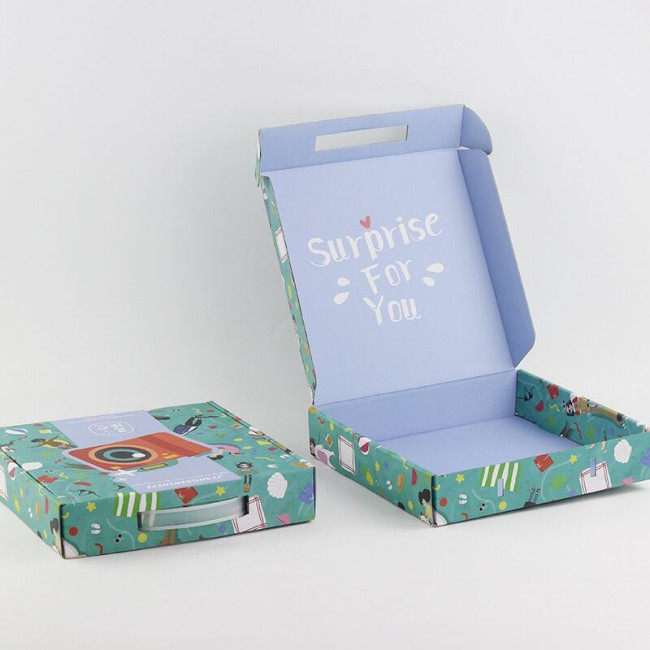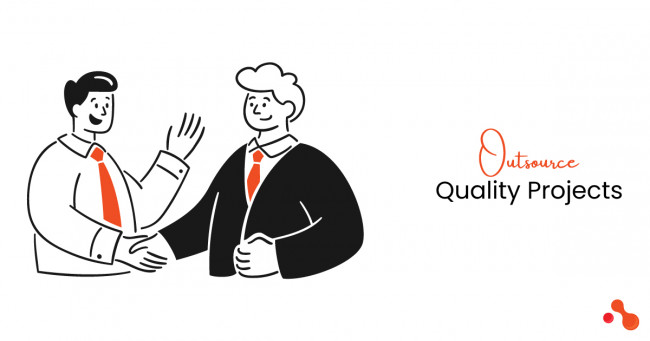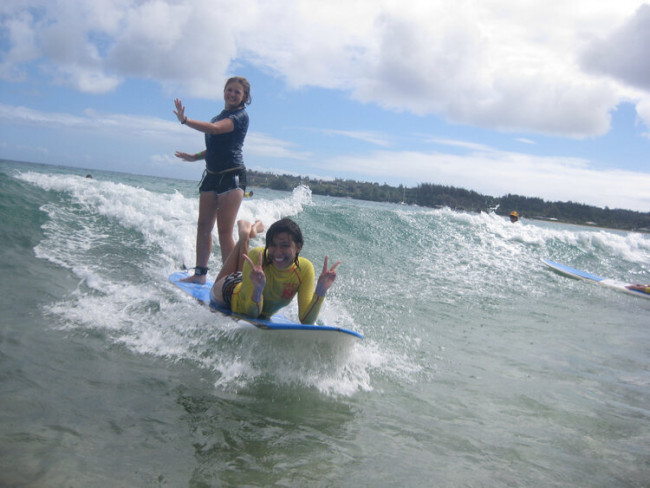For those unfamiliar, two different signed languages are used in the UK: British Sign Language (BSL) and Makaton. Although these two sign languages have unique characteristics, many people genuinely wonder what their differences are; a better understanding of their similarities and differences can help unlock new capabilities for communication by breaking through any potential barriers. In this blog post, we'll explore precisely what sets BSL apart from Makaton, including standard practices and guidelines put into place when using either language. Learn more about how to use BSL or Makaton confidently today!
Introduction to British Sign Language (BSL) and Makaton
British Sign Language (BSL) and Makaton are two primary forms of communication for people who are deaf, hard of hearing or have learning disabilities.
BSL is a visual language that uses hand gestures, facial expressions, and body language. It is the most commonly used sign language in the UK and Ireland and is also widely used in countries such as Australia, New Zealand, Canada, and the United States.
Overall, learning sign language brings both personal enrichment as well as meaningful connections between two parties regardless whether they share commonality such as people joining together in understanding each other’s perspectives through communication forms that don’t rely solely upon speech alone but encompass much broader realms of knowledge via gesture and physical embodiment; this provides a truly unique form of connection between two parties involved in conversation regardless if one isn’t able to hear what the other says because it opens up far greater potential for effective dialogue versus talking alone.
Makaton is a simplified form of sign language that combines signs from BSL with speech to help people with learning disabilities communicate more effectively. It can be used alongside other forms of communication, such as speaking and writing to provide additional support. BSL and Makaton have been developed over many years by experts in linguistics, psychology, education, and communication science to ensure they are easy to learn and use.
As well as being an effective means of communication, BSL can also be used alongside written English when providing instructions or explanations that would otherwise be difficult to understand. In addition, Makaton can also offer visual cues for those who find it hard to follow spoken instructions or conversations.
How BSL Differs from Makaton
British Sign Language (BSL) and Makaton are two types of sign language used by those with hearing impairments to communicate. While the two have similarities, there are also some key differences.
- Regarding their structure, BSL is composed of signs of hand shapes and movements, as well as facial expressions and body language. This means that it is a three-dimensional form of communication that conveys more than just the literal meanings of words – BSL users can use body language to express attitudes, emotions, or moods alongside the words they are signing. In contrast, Makato only uses hand shapes and movements. It doesn't involve facial expressions or body language. As a result, its range of expression is much more limited than BSL's.
- In terms of vocabulary, BSL has its own distinct set of signs. In contrast, Makaton has adapted many signs from existing sign languages such as American or British. For example, Makaton may be easier for those who already know one of these other signing systems but also somewhat limits its range compared to BSL, which has a genuinely independent vocabulary.
- Continuing on the theme of ease of learning, another key difference between BSL and Makaton concerns their complexity. In comparison, BSL's hand shapes are intricate. They require more practice to master compared to Makaton's simplified system, which often relies on gestures rather than specific hand shapes for some words. Thus, those with limited time or resources may find that learning Makaton is more manageable than mastering British Sign Language.
In summary, while both BSL and Makaton offer deaf people ways to communicate without using speech, there are apparent differences between them regarding their structures and vocabularies, as well as their level of complexity when learning them.
Guidelines for Using BSL or Makaton Confidently
When it comes to communicating with people who are deaf or have limited verbal communication skills, it is essential to learn sign language and Makaton to communicate effectively. BSL (British Sign Language) and Makaton are two different sign languages commonly used for this purpose.
BSL is a visual-gestural language that involves signing with the hands, facial expressions and body language. It relies heavily on context and words, conveying its meaning, and as such, it can be very expressive and engaging when used correctly. This is one of the reasons why it has become so popular throughout the UK as a way of conversing with people who are deaf or hard of hearing.
Makaton is another type of sign language based on its BSL, but it uses fewer signs to make it easier. It also includes some spoken words and symbols to help facilitate understanding. In addition, Makaton has become increasingly popular due to its simplified nature; by learning some key symbols and signs, you can provide clear communication with someone with limited verbal communication ability or who may struggle with entire BSL conversations.
To use either BSL or Makaton confidently, you can follow several guidelines.
- First, learn basic signing skills such as hand shapes, fingerspelling, facial expressions, etc., to communicate effectively using these tools.
- Secondly, gain knowledge of how each sign works and its appropriate context for your message to be correctly understood.
- Thirdly, practice regularly until you feel comfortable using the signs accurately and confidently when conversing with someone deaf or hard-of-hearing.
- You can join the local community to learn BSL or Makaton, for example- if you are in London, why not try the BSL alphabet UK?
- Lastly, don't forget to be patient while learning - Sign languages take time and effort to master fully; patience is essential!
Conclusion
British Sign Language and Makaton are two of the most prominent sign languages used in the United Kingdom. Despite their comparative simplicity, they can be powerful tools for those who use them. Users should know phonology, grammar, and vocabulary differences before using the other. Ultimately, their benefits outweigh any complications from misusing either language.
















